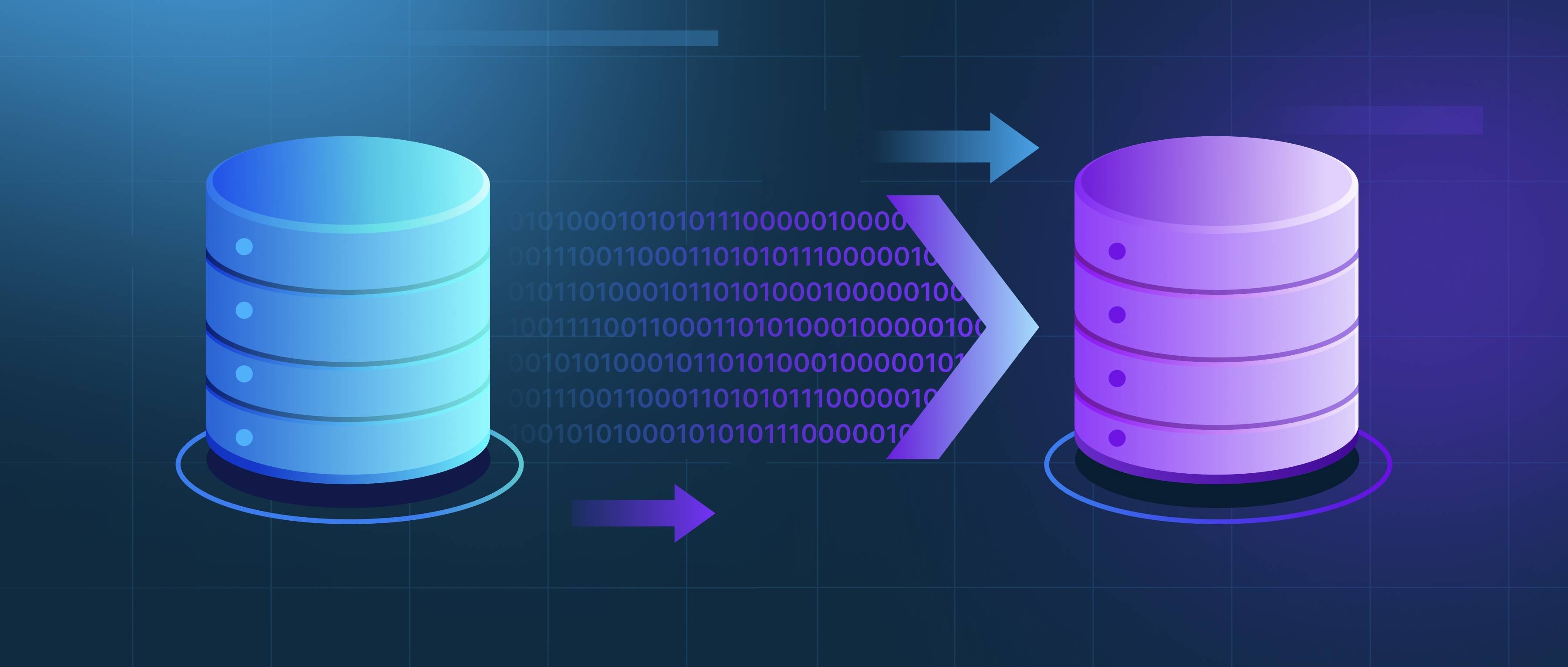Setting up a pipeline in Haystack involves creating a structured workflow to process and manage your data, especially for tasks like information retrieval or question answering. The first step is to install Haystack and its dependencies. You can do this using pip by running pip install farm-haystack. Once installed, you need to import the necessary classes from Haystack for building your pipeline. A basic pipeline typically consists of components like document stores, retrievers, and readers, which you will configure based on your requirements.
Next, you will define your components for the pipeline. Start by setting up a document store, which is where your documents will be stored for retrieval. You can use various types of document stores such as Elasticsearch or FAISS. After defining your document store, you would move on to creating a retriever, which is responsible for fetching relevant documents based on user queries. An example of a retriever could be a 'BM25Retriever' that ranks documents based on their relevance. Once you have the retriever configured, you'll need to set up a reader, which is usually a model that answers questions based on the retrieved documents, like a QA model.
Finally, you'll connect all these components into a pipeline. This can be done in Haystack by using the Pipeline class. For example, you might create a pipeline that uses a DocumentStore, followed by a Retriever, and concludes with a Reader. You can do this in code, like so:
from haystack.pipeline import ExtractiveQAPipeline
from haystack.document_stores import InMemoryDocumentStore
from haystack.nodes import BM25Retriever, FARMReader
document_store = InMemoryDocumentStore()
retriever = BM25Retriever(document_store=document_store)
reader = FARMReader(model_name_or_path="deepset/roberta-base-squad2")
pipeline = ExtractiveQAPipeline(reader, retriever)
After setting up the pipeline, you can feed it user queries and it will return the answers based on the documents stored in your document store. This structured setup allows developers to efficiently handle and process queries, making it easier to build robust applications focused on information retrieval.
